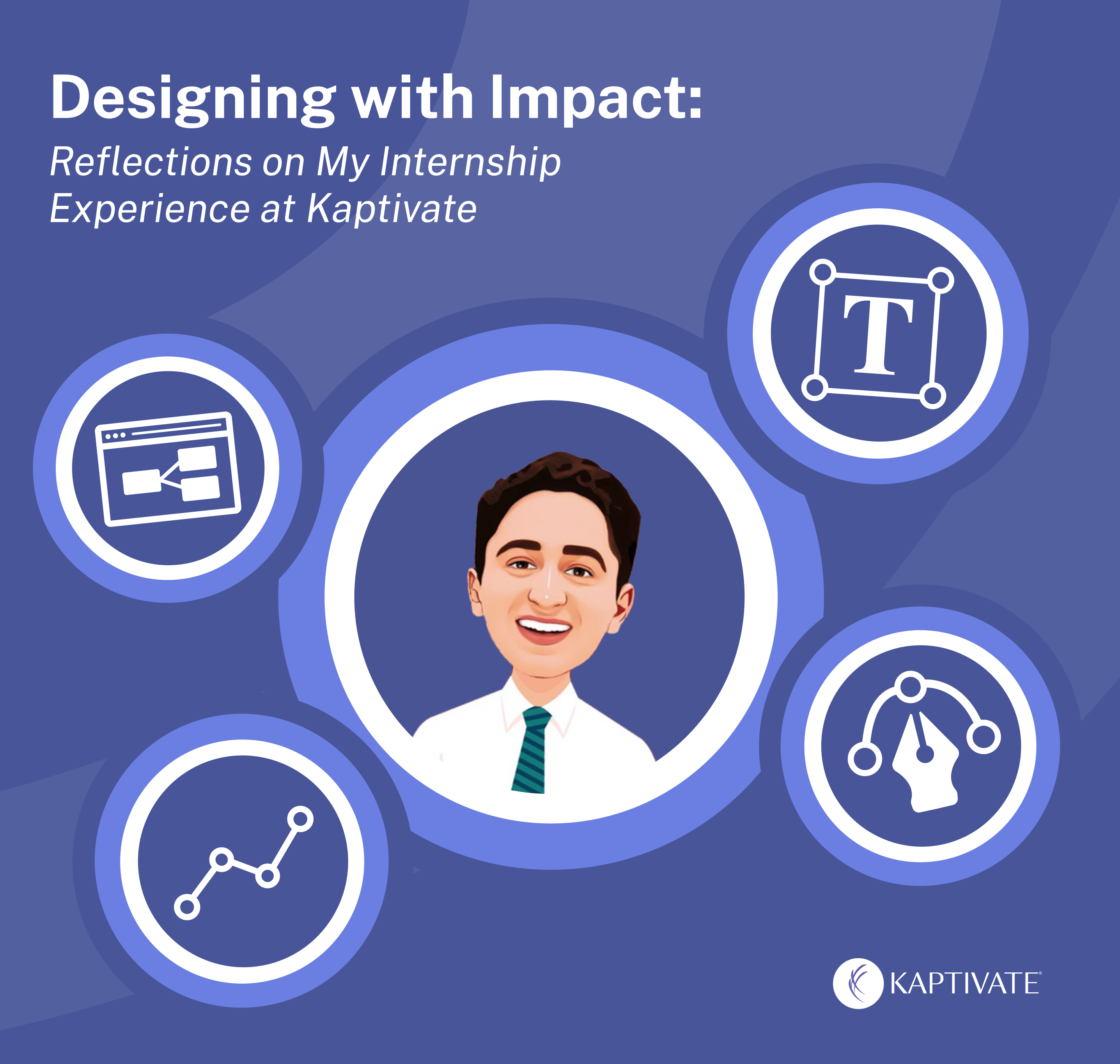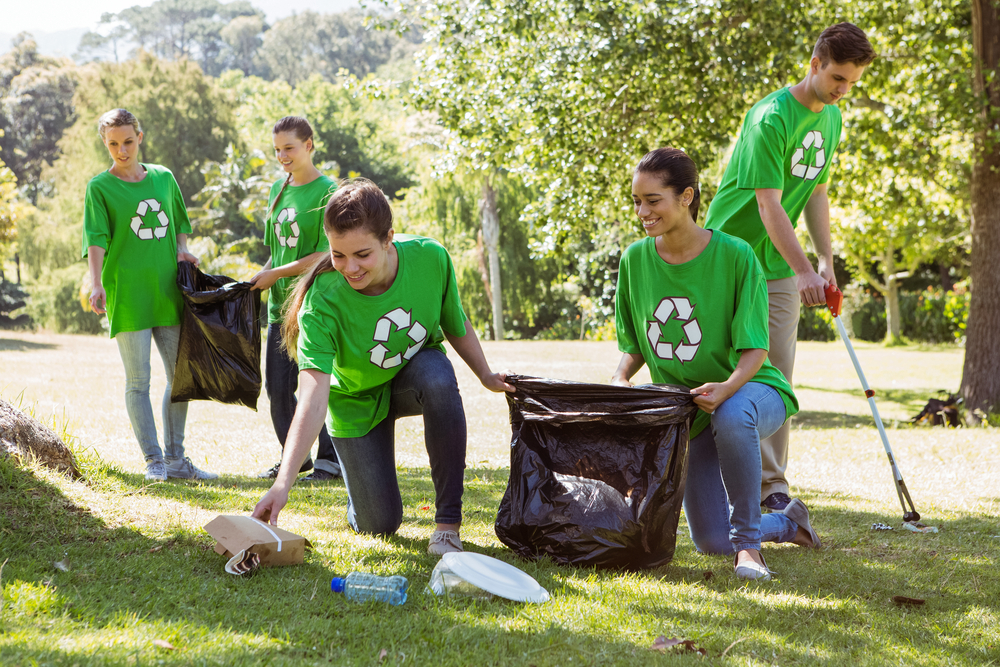September 09, 2016 By Ron Vassallo
How a SuperVolcano Ignites Thoughts on User Experience
To escape the sweltering summer heat in DC and to have one final exclamation point for a great summer break, my family and I went west to Yellowstone Park. If you have ever gone, you know we were in for a fantastic, other worldly adventure. If you haven’t gone, make sure it’s on your bucket list. It’s an "oooo and ahhhh” wonder world.
That’s just context for what inspired this post. While I put great effort to avoid my mobile phone, and work generally, I couldn’t help noticing a scientific journal produced by the park aptly named Yellowstone Science. While flipping through the pages after a long day of hikes, I noticed an article titled, “The Role of Social Science in Predicting Support for Yellowstone National Park” by Jake Jorgensen and Dr. Norma Nickerson. I was soon sucked into the vortex of work-thought as the article sparked thoughts I had been considering prior to leaving for Yellowstone. The question I pondered: How does a park, a university, or an arts & culture center measure and benchmark its extrinsic support now and into the future?
As it celebrates its 100th year, the Park Service and specifically Yellowstone have a lot to worry about. Yellowstone, like its park peers, is in a "challenge sandwich" that includes the paradox of a massive annual visitor flow exceeding 3 million while “an increasingly diversified, urbanized, and aging population, [and] a transforming U.S. economy, [constrains] public funding for the parks.”1 Given its ever growing visitor volume one wonders how a national treasure like Yellowstone can be in this position. But this is not the fundamental question these social scientists were trying to answer. The questions they posed were: how do you translate this visitor volume to public support and advocacy, and ultimately, increased funding? Or perhaps in more direct terms, how do you convert popularity to activism?
These questions were especially poignant for me because Kaptivate has been focused on this very issue for some time. This keen interest was sparked by many months of collaboration with the Torpedo Factory Artists Association (TFAA) and their struggle to preserve the highly popular and iconic Torpedo Factory Art Center on the City of Alexandria’s (Virginia) waterfront.
The research methodology used by Jorgensen and Nickerson was an interesting mix of direct measures (donating or becoming a member) and indirect measures (sharing experience via social media) of support as well as psychological/behavioral metrics (personal connection to park, geotouristic tendencies, etc.). Their findings were not surprising to us but served to validate our own research. The bottom line: visitor experience is the most significant driver of support intensity and hence, the key to converting this support to advocacy.
This concept is not a new one. Decades ago Steelcase, the office furniture maker, developed a workforce mantra called FUMIFU. Sounds funny but everyone at Steelcase understood the power of that acronym to their marketplace success. FUMIFU stands for First Use Must Inspire Future Use. The essential truth of this mantra has relevance beyond workplace furniture because it focuses on the preeminence of the user experience. A user experience that is, “memorable [and] high impact” leads to more interaction with your brand and the emotional connection that converts support to advocacy.
This evening the TFAA will release the business plan we helped the association draft (Charting a New Course) which defines a sustainable road map for the Torpedo Factory. At the center of the art center's business plan is the touchpoint (or a visitor’s interaction with the creative process). If an arts and culture institution can make each discrete touchpoint a “memorable and high impact” experience it can transform amorphous support and popularity to fervent advocacy. These experiences, and their transformative impact, then create the opportunity for new relationships, new economic models, new revenue streams, and long-term sustainability. More to come on this topic.
1. Jorgensen, Jake and Nickerson, Norma. “The Role of Social Science in Predicting Support for Yellowstone National Park.”Yellowstone Science, March 2015, Volume 23 Issue 1: 78-79.



